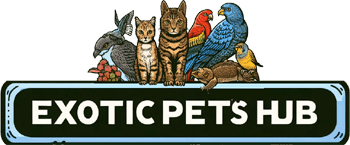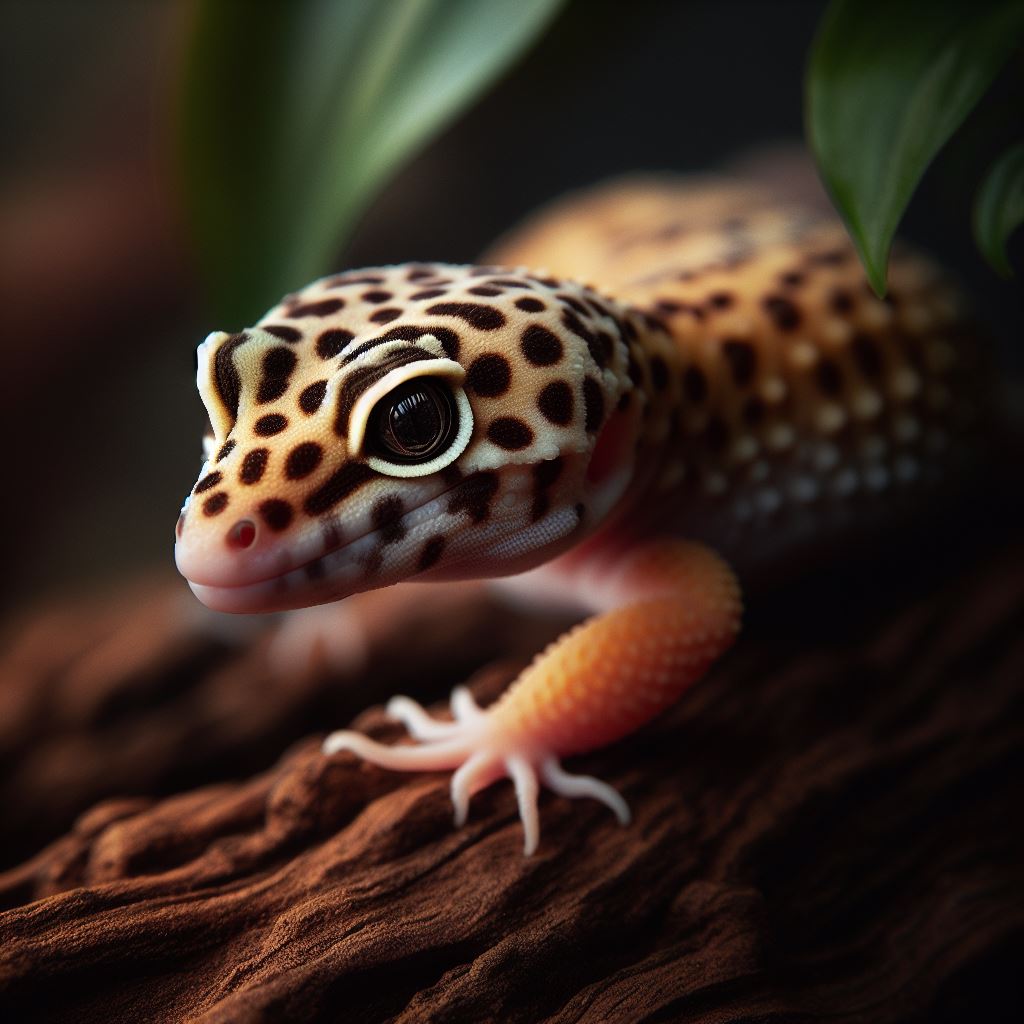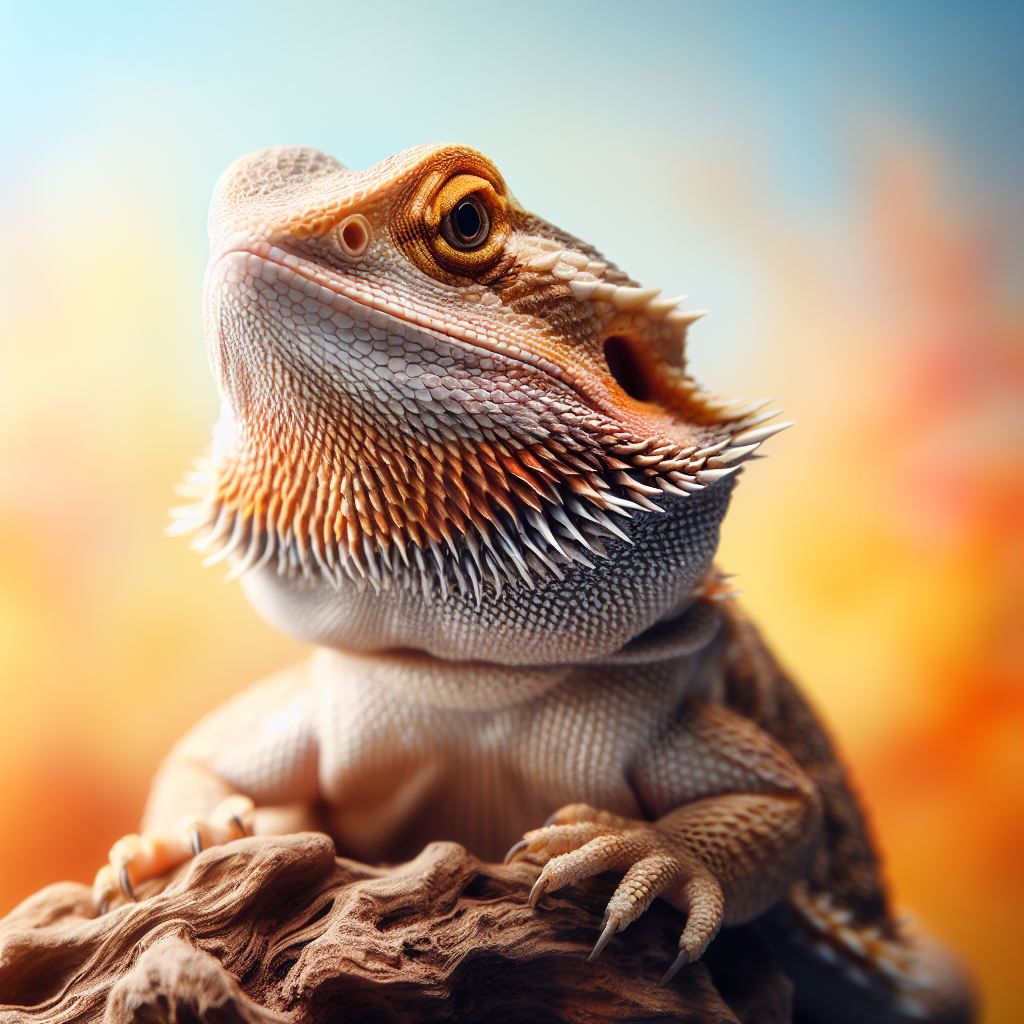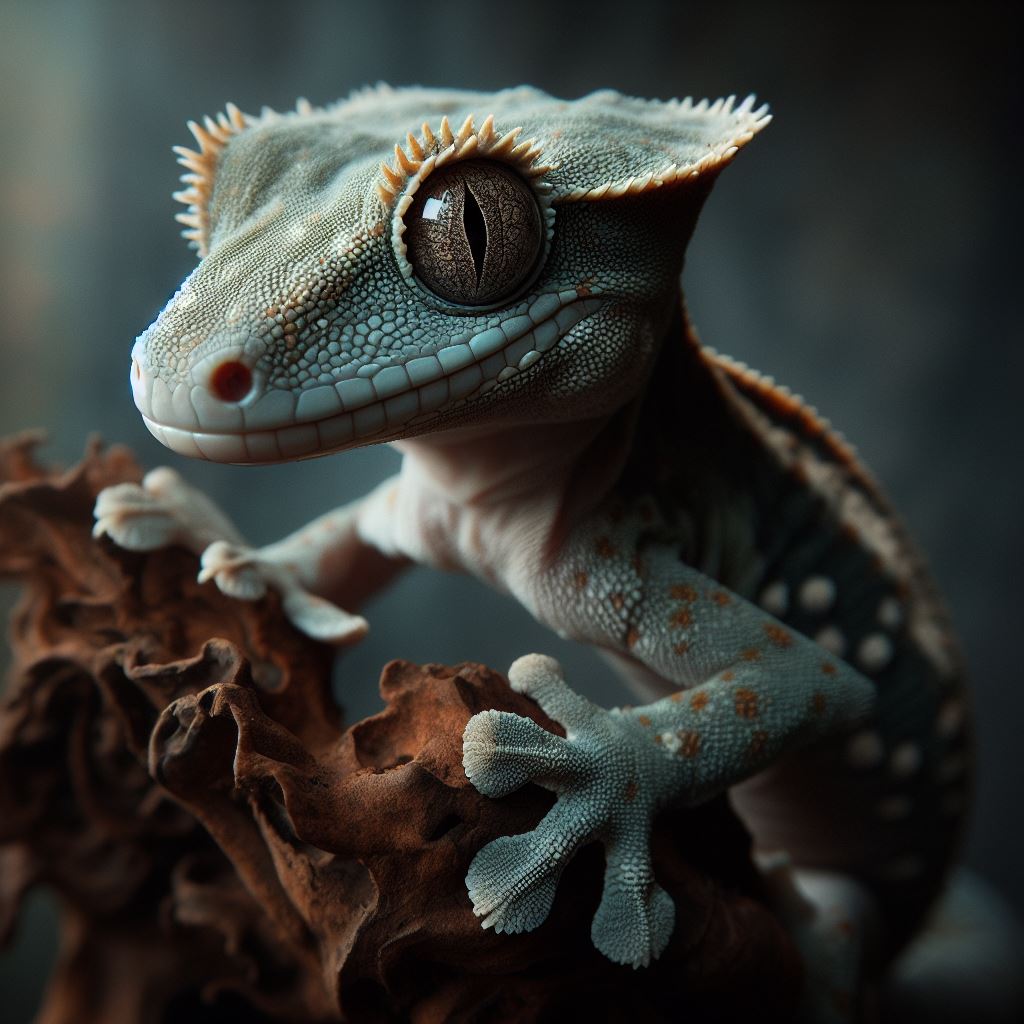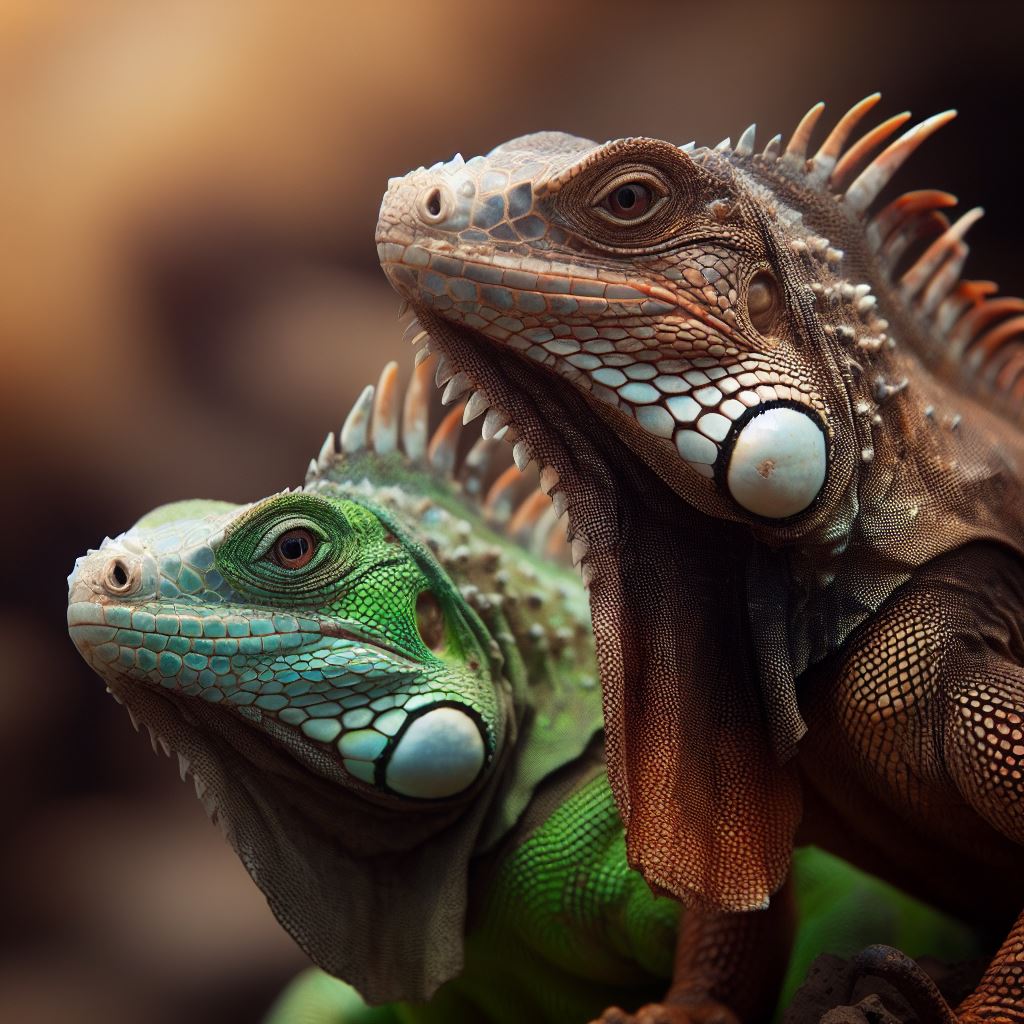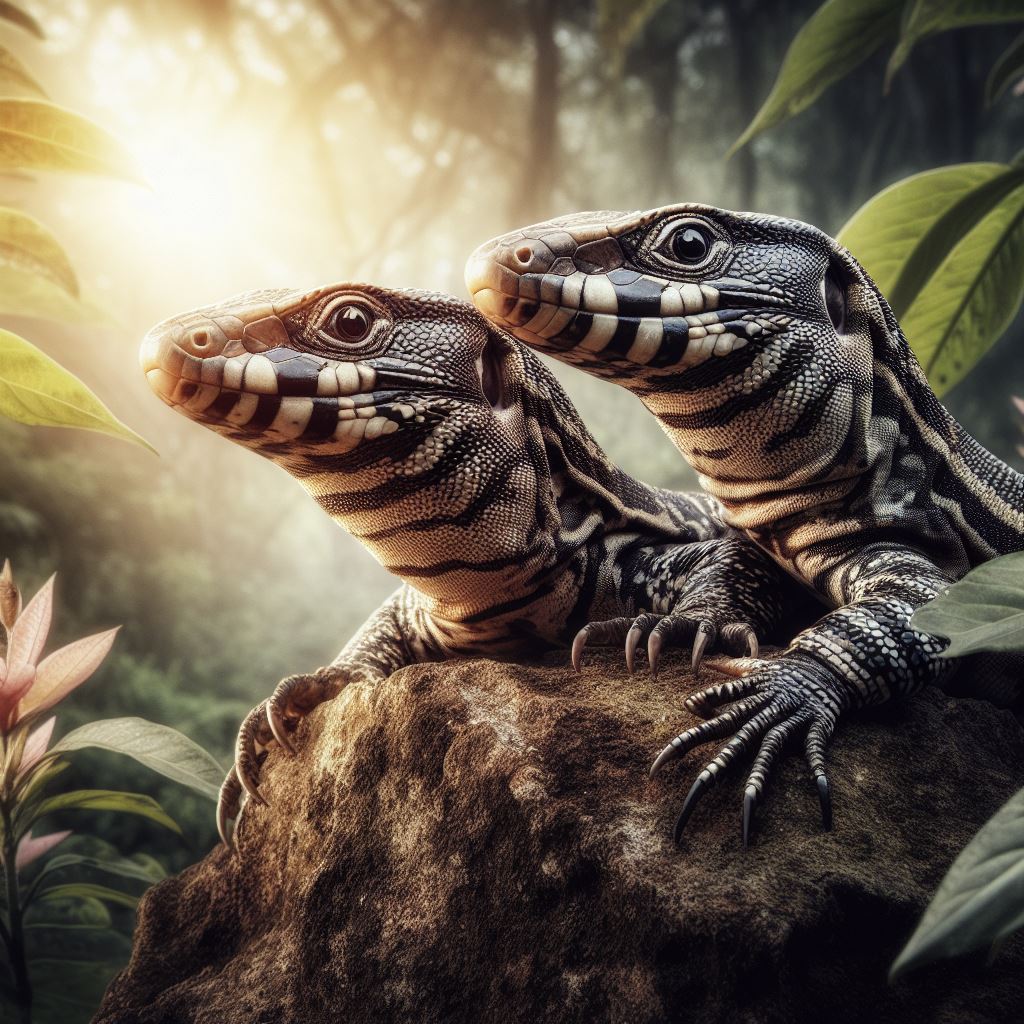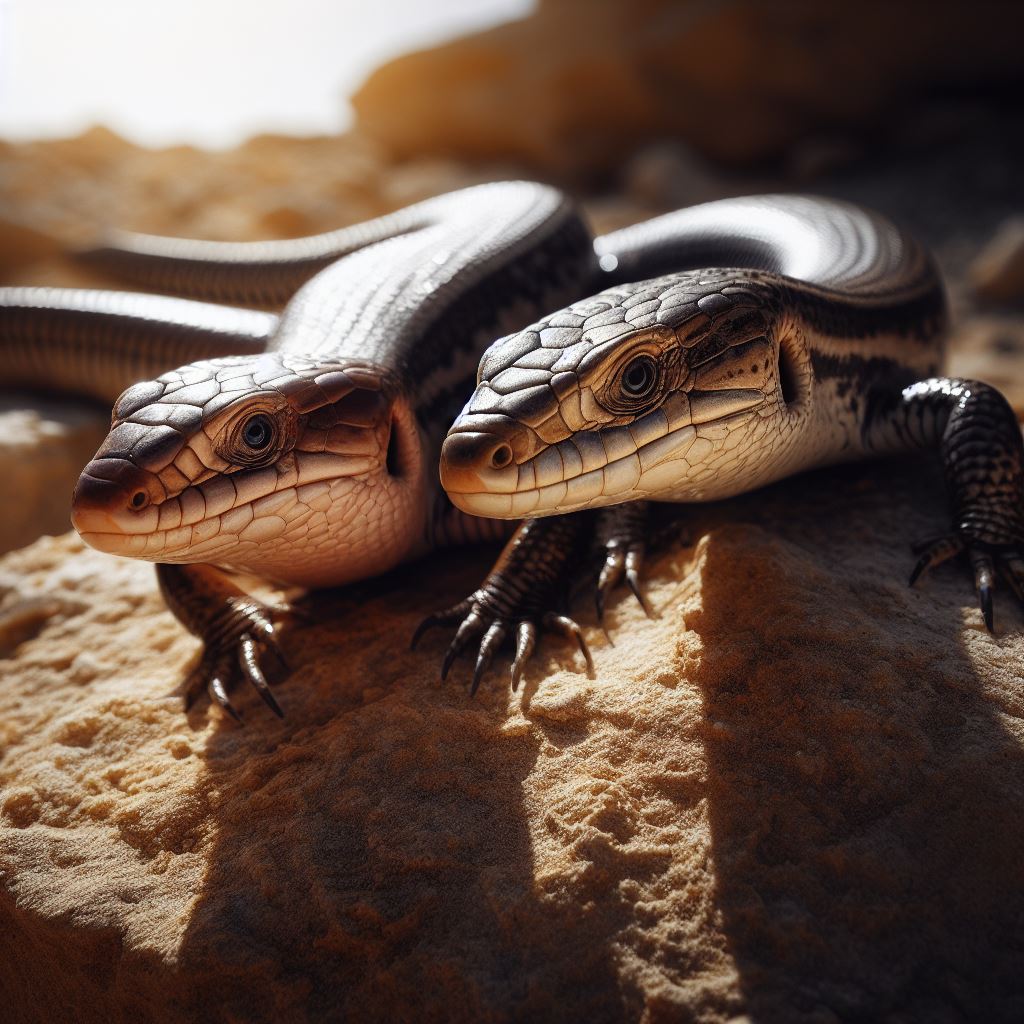Introducing the world of Leopard Geckos, captivating reptiles that have won the hearts of pet enthusiasts with their distinct appearance and gentle nature. Within this comprehensive guide, we will delve into the mysteries of Leopard Geckos, uncovering their unique biology, diverse morphs, and the essential aspects of caring for them as beloved pets. Whether you’re a seasoned herpetologist or a novice reptile enthusiast, this guide serves as your gateway to understanding the enigmatic charm of Leopard Geckos.
Leopard Geckos Unlocked
Anatomy and Unique Features of Leopard Geckos
Leopard geckos (Eublepharis macularius) are medium-sized, nocturnal lizards found in the deserts of southern Central Asia. They typically measure 8 to 10 inches in length, with vibrant yellow, orange, and black spots covering their bumpy-scaled skin. Their triangular heads boast movable eyelids and vertical pupils, indicating their nocturnal nature.
One distinctive trait is their ability to voluntarily shed their tails as a defense mechanism, which regenerates over time. Leopard geckos are known for their vocalizations, including chirping sounds during mating or distress. Interestingly, the incubation temperature of their eggs determines the hatchlings’ sex, with higher temperatures favoring females.
Unlike some gecko species, leopard geckos lack sticky toe pads and are not adept climbers. Their fat storage in the head gives them a rounded appearance when well-fed. Understanding these unique features is crucial for providing suitable care, including the right temperature, humidity, and diet, for these captivating reptiles.
The Family Eublepharidae: Exploring Leopard Geckos’ Taxonomy and Diversity
The family Eublepharidae encompasses a diverse group of geckos, notably including the well-known leopard geckos (Eublepharis macularius). Eublepharidae geckos, characterized by movable eyelids and the absence of adhesive toe pads, stand out from other gecko families. While leopard geckos, indigenous to arid regions in southern Central Asia, are the most recognized, the family also comprises other species like Eublepharis angramainyu from Iran and Eublepharis hardwickii from India and Pakistan.
Leopard geckos, medium-sized and vibrant in color, exhibit nocturnal behavior and unique vocalizations, contributing to their popularity in the pet trade. Understanding the taxonomy within the family Eublepharidae provides valuable insights into these geckos’ distinct characteristics, benefiting both enthusiasts and researchers intrigued by their evolutionary diversity.
Leopard Gecko Varieties
Leopard Gecko Morphs: A Kaleidoscope of Colors
In the enchanting world of leopard gecko morphs, a mesmerizing kaleidoscope of colors and patterns unfolds. Through meticulous selective breeding, enthusiasts have unlocked a treasure trove of genetic diversity. Picture the radiant High Yellow morphs, resembling drops of sunlight frozen in time. Envision the mysterious Eclipse morphs, where darkness and light interweave in delicate harmony. Then, there are the enchanting Blizzard varieties, their scales reminiscent of moonlit snowflakes dancing in the night sky. Each morph, from the vibrant Tangerine to the intricate Mack Snow, paints a unique story on the canvas of these reptiles. It’s not just a celebration of genetics; it’s a testament to the creativity and passion of breeders, transforming leopard geckos into living works of art. In every pattern and hue, the leopard gecko morphs whisper the tale of boundless natural beauty and human ingenuity.
Leopard Gecko Care: Building a Home
Enclosure Design: Mimicking Natural Habitats
Creating a suitable enclosure for leopard geckos involves mimicking their natural habitat to ensure their well-being and contentment. Here are key elements to consider when designing their enclosure:
Size and Space:
- Provide a spacious enclosure to allow for exploration and exercise. A 20-gallon long tank is a minimum for one or two leopard geckos.
- Offer hiding spots and climbing opportunities with branches or logs.
Substrate:
- Choose a substrate that resembles the gecko’s natural environment. Options include reptile carpets, paper towels, or non-adhesive shelf liners for easy cleaning.
- Avoid substrates like sand, which can cause impaction if ingested.
Temperature Gradient:
- Create a temperature gradient within the enclosure. Use an under-tank heating pad on one side to provide a warm spot (around 88-90°F or 31-32°C) and allow the other side to remain cooler (around 75-80°F or 24-27°C).
- Use a digital thermometer to monitor temperatures accurately.
Lighting:
- Leopard geckos are nocturnal and do not require UVB lighting. However, providing a low-wattage, red or blue nocturnal bulb can offer dim lighting during the night without disturbing their natural behavior.
Hideouts and Enrichment:
- Offer multiple hiding spots with artificial caves, coconut hides, or commercial reptile shelters. These mimic the crevices and burrows they use in the wild.
- Include some climbing opportunities like branches or rocks to allow geckos to exercise and explore their enclosure vertically.
Humidity and Water:
- Leopard geckos require low humidity levels. Provide a shallow water dish for drinking, but ensure it’s not too deep to prevent drowning.
- Mist the enclosure lightly to maintain a modest level of humidity, especially during shedding periods.
Natural Decor:
- Add artificial plants, fake succulents, or other non-toxic decorations to provide a natural feel and encourage a sense of security.
- Choose items that are easy to clean and do not have small parts that can be ingested.
Maintenance and Cleaning:
- Regularly clean and sanitize the enclosure to prevent the buildup of bacteria.
- Remove uneaten food promptly and clean the water dish daily.
By carefully considering these aspects and replicating their natural habitat, you can create a comfortable and stimulating environment for your leopard geckos, ensuring they thrive in captivity.
Dietary Needs: Nutrition and Feeding Practices
Leopard geckos have specific dietary needs crucial for their health and well-being. Understanding their nutritional requirements and proper feeding practices is essential to keep them healthy. Here’s a guide to their dietary needs:
Insect-Based Diet:
- Leopard geckos are insectivores, meaning their diet consists primarily of insects.
- Common feeder insects include crickets, mealworms, dubia roaches, and waxworms.
- Offer appropriately sized insects; the size of the prey should be smaller than the space between the gecko’s eyes.
Gut Loading:
- Gut load feeder insects by feeding them nutritious foods like vegetables, fruits, and commercial gut-loading insect feeds.
- This enhances the nutritional content of the insects, providing better nutrition to the gecko.
Supplementation:
- Dust feeder insects with calcium powder (without D3) before feeding. This ensures they receive the necessary calcium for bone health.
- Provide a calcium powder with D3 once or twice a month and a multivitamin supplement without D3 once a week.
Feeding Schedule:
- Feed juvenile geckos (under a year old) daily to support their rapid growth.
- Adults can be fed every other day or 3-to 4 times a week.
- Offer as many insects as the gecko can consume in 10-15 minutes, removing any uneaten prey afterward.
Fresh Water:
- Provide a shallow, sturdy water dish with fresh water at all times.
- Ensure the water dish is not too deep to prevent drowning, especially for baby geckos.
Variety in Diet:
- Introduce variety in their diet to prevent nutritional deficiencies. Offer different types of insects and occasionally small amounts of fruit or baby food (without preservatives or added sugar).
Avoid Toxic Foods:
- Do not feed leopard geckos toxic insects like fireflies or any wild-caught insects, which might have been exposed to pesticides.
- Avoid feeding them foods high in fat, such as pinky mice.
Monitoring Health:
- Regularly monitor your gecko’s weight and overall condition. Rapid weight loss, changes in appetite, or unusual stools can indicate health issues.
Consulting a Vet:
- If you’re uncertain about your gecko’s diet or health, consult a reptile veterinarian with experience in treating geckos.
By adhering to these dietary guidelines and feeding practices, you can ensure your leopard gecko receives a balanced and nutritious diet, promoting their overall health and longevity.
Leopard Gecko Behavior: Understanding and Interaction
Social Behaviors and Communication
Leopard Geckos exhibit fascinating social behaviors, including tail waving and vocalizations, showcasing their communication methods. Understanding their body language, such as tail positions and vocal cues, provides insights into their emotions and intentions. Observing their interactions fosters a deeper connection, allowing for meaningful engagement and mutual understanding.
Handling and Taming: Building Trust with Leopard Geckos
Building trust with Leopard Geckos involves patience, respect, and gentle handling. Allowing them to initiate contact and respecting their boundaries is essential. Gradual acclimation to human presence, coupled with positive reinforcement techniques, enhances their confidence. Handling sessions should be brief initially, gradually increasing in duration. A stress-free environment and consistent, respectful interaction transform wary Leopard Geckos into relaxed, confident companions.
Conclusion
Leopard Geckos, with their diverse morphs and intriguing behaviors, stand as captivating companions for those enthralled by the reptilian world. By comprehending their natural behaviors, habitat requirements, and dietary intricacies, you can create an environment where these extraordinary creatures flourish. Responsible pet ownership is not merely a choice but a commitment—one that ensures the flourishing existence of Leopard Geckos and, indeed, all reptile species. Embrace the opportunity to welcome these majestic beings into your life and embark on a fulfilling journey of companionship and conservation.
